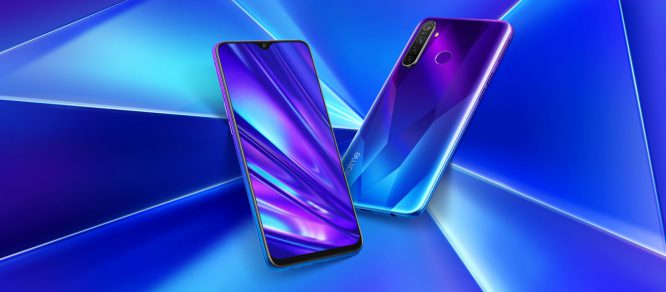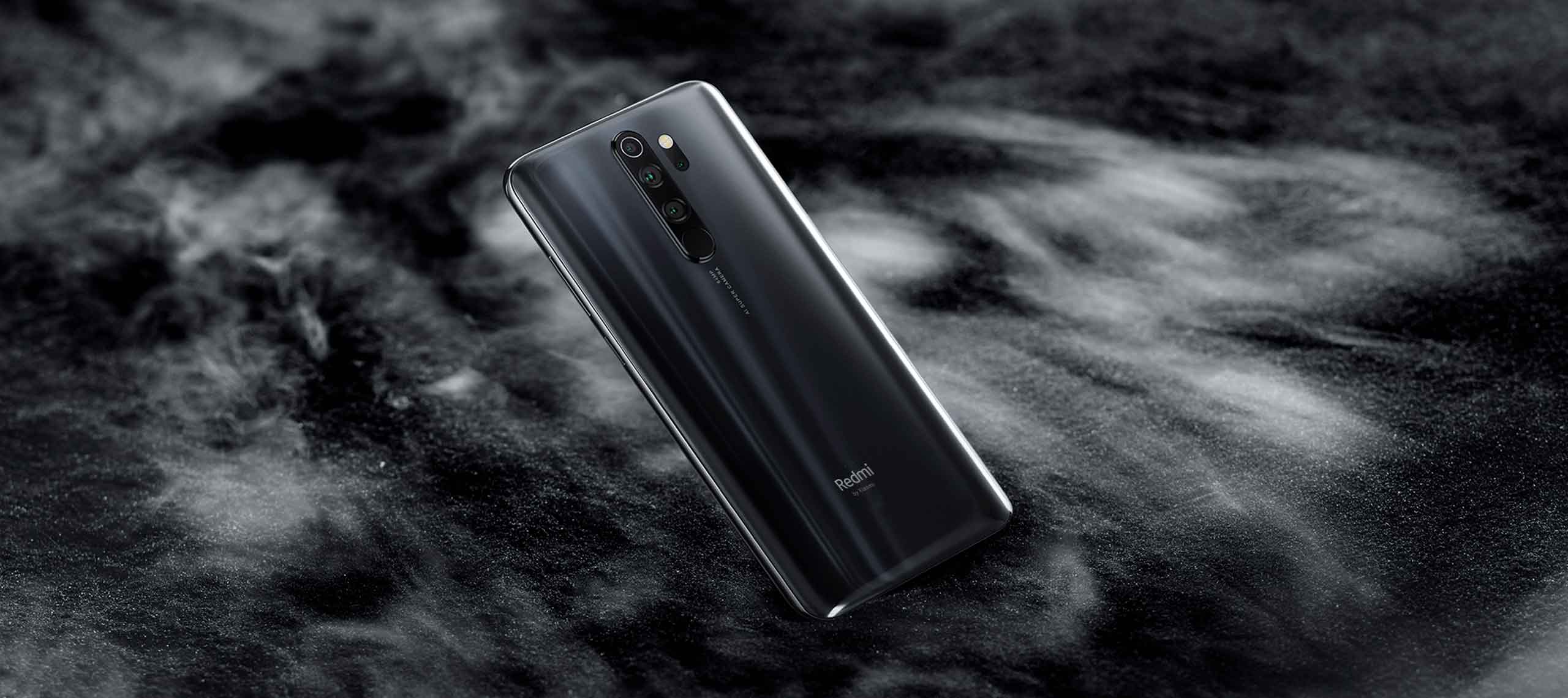Which between Realme 5 Pro (P11,990) and Redmi Note 8 Pro (P11,490) is the best quad-camera phone in late 2019? Enough said, let’s go down the detail.
Table of Contents
Realme 5 Pro and Redmi Note 8 Pro Differences
Advantages of Realme 5 Pro
- 184g
- scheduled Android 10 Update
- dedicated microSD card slot of up to 256GB
- 20W VOOC charging (50% in 30mins)
- up to 8GB RAM, 128GB base storage
- Snapdragon 712 is more efficient
Advantages of Redmi Note 8 Pro
- front and back glass build with Corning Gorilla Glass 5
- HDR display (up to 500 nits brightness)
- Helio G90T
- starts at 6GB RAM
- 64MP quad camera
- 20MP selfie camera
- NFC
- Infrared Port
- 4500mAh battery
Realme 5 Pro and Redmi Note 8 Pro Similarities
- IPS LCD panel
- Corning Gorilla Glass protection
- FHD+ resolution
- splash-resistant design
- Android 9 Pie
- microSD expansion
- four main cameras
- single selfie camera
- audio jack
- Bluetooth 5.0
- Wi-Fi ac
- USB Type-C
- FM Radio
- rear-mounted fingerprint scanner
- at least 4000mAh battery with fast charging
Which is a better buy between the Realme 5 Pro and Redmi Note 8 Pro?
Design and Display
In this comparison, there’s a significant difference in design that might contribute to the way you feel when using the phone. Realme 5 Pro has an intricate pattern going on its back panel, but it makes use of polycarbonate material that imitates glass. As a result, the feel in the hands is flimsy but lightweight at 184g. Redmi Note 8 Pro will feel sturdier thanks to its glass back panel. Although it’s a bit heftier, you do get that premium feeling when using the phone. Furthermore, the glass panels are protected with Corning Gorilla Glass 5. As for the aesthetic, it’s subtle than its competition. That said, both phones are splash resistant.
Redmi Note 8 Pro has a bigger display size at 6.53 inches. However, it still uses FHD+ resolution like Realme 5 Pro. There’s not much of a perceivable difference when it comes to quality, as both features IPS LCD panels. Where the Redmi Note 8 Pro pulls ahead is support for HDR playback, allowing the display to playback HDR content up to 500 nits of max brightness. This is a rare find at this price point.
READ: Top 6 Reasons Why Realme 5 Pro is Better than Samsung Galaxy A50s
Performance
Featuring Snapdragon 712 (Realme 5 Pro) vs Helio G90T (Redmi Note 8 Pro), you might be surprised to see MediaTek’s chipset leading this comparison. There’s no doubt that it’s the better performer whether it’s games or less granular tasks. Given the history of MediaTek of not being an efficient performer, we are giving efficiency to Snapdragon, especially that it’s based on a smaller 10nm node (vs 12nm).
Do take note that Realme 5 Pro starts with 4GB RAM while Redmi Note 8 Pro gives you extra room to use at 6GB. If you’re willing to spend more, only Realme’s phone goes up to 8GB RAM.
Cameras
While both come with four main cameras, Redmi Note 8 Pro leads the technical specs with its massive 64MP f1.9 sensor. Compared to Realme 5 Pro’s 48MP f1.8 sensor, it seems like a huge difference. However, the secondary cameras are the same — 8MP ultrawide, 2MP macro, and 2MP depth. Where Realme tries to compensate is the software — delivering well-balanced photos through its Chroma Boost mode.
As for the selfie cameras, both use a single sensor. A 16MP f2.0 resides on the notch of Realme 5 Pro while a 20MP f2.0 is found on Redmi Note 8 Pro. With such a small difference, expect post-processing to be the deciding factor between the two.
READ: Nokia 3.2 vs Realme C2 vs Realme 3 Camera Comparison – The Budget Smartphone Camera King Is?
Battery and Charging
Should you wish for longer battery life in a single charge, you’ll have better chances with Redmi Note 8 Pro’s 4500mAh battery. It’s also capable of 18W fast charging. But if you don’t mind topping up in the middle of a day, Realme 5 Pro has its 20W VOOC charging that goes up to 50% in just 30mins.
Conclusion
Ever since Realme entered the market space, Redmi (or rather Xiaomi) has found competition. In fact, the prices of the two best mid-range phones on the market are very close.
- Realme 5 Pro (P11,990 – 4GB/128GB and P13,990 – 8GB/128GB)
- Redmi Note 8 Pro (P11,490 – 6GB/64GB and P12,990 6GB/128GB)
Spec-wise, Redmi Note 8 Pro has the numbers. It’s an overall and more expensive-performing device of the two. That’s not to say that Realme 5 Pro is not great anymore. For the top model, it has more RAM that gives you a bit of futureproof. While the camera isn’t using massive sensors, the company’s software processing compensates for that very well. Answering this article’s question, we still think Redmi Note 8 Pro gets the crown. Realme 5 Pro is very close though.
READ: Top 5 Reasons Why Realme 5 Pro is Better Than Redmi Note 7 Pro
| Specs | Realme 5 Pro | Redmi Note 8 Pro |
| Display & Design | 6.3-inch IPS LCD FHD+, Corning Gorilla Glass 3+, teardrop notch, all-plastic body, splash-resistant | 6.53-inch IPS LCD FHD+, Corning Gorilla Glass 5(front and back), teardrop notch, splash-resistant, HDR (up to 500nits) |
| Dimensions | 157 x 74.2 x 8.9 mm, 184g | 161.4 x 76.4 x 8.8 mm, 200g |
| Chipset | Qualcomm SDM712 Snapdragon 712 (10 nm) | Mediatek Helio G90T (12nm) |
| GPU | Adreno 616 | Mali-G76 MC4 |
| Memory | 4GB/128GB, 8GB/128GB + dedicated microSD slot of up to 256GB | 6GB/64GB, 8GB/128GB + MicroSD slot of up to 256GB |
| Main Camera | 48 MP, f/1.8, (wide), 1/2″, 0.8µm, PDAF 8 MP, f/2.2, 13mm (ultrawide), 1/4″, 1.12µm 2 MP, f/2.4, 1/5″, 1.75µm (dedicated macro camera) 2 MP, f/2.4, 1/5″, 1.75µm, depth sensorup to 4K @ 30fps video, EIS |
64 MP, f/1.9, 26mm (wide), 1/1.7″, 0.8µm, PDAF 8 MP, f/2.2, 13mm (ultrawide), 1/4″, 1.12µm 2 MP, f/2.4, 1/5″, 1.75µm (dedicated macro camera) 2 MP, f/2.4, 1/5″, 1.75µm, depth sensor, depth sensorup to 4K @ 30fps video, EIS |
| Front Camera | 16 MP, f/2.0, 1/3.1″, 1.0µm | 20 MP, f/2.0, 0.9µm |
| Connectivity | 4G LTE Wi-Fi ac, BT 5.0 A2DP, LE, GPS, USB Type-C, audio jack | 4G LTE Wi-Fi ac, BT 5.0 A2DP, LE, GPS, USB Type-C, audio jack, infrared port, NFC |
| Battery | Non-removable Li-Ion 4035mAh battery (20W VOOC charging – 50% in 30mins) | Non-removable Li-Ion 4500mAh battery (18W fast charging) |
| OS | Android 9.0 (Pie) with ColorOS 6, scheduled to receive Android 10 | Android 9.0 (Pie) with MIUI 10 |
| Official Price | P11,990 – 4GB/128GB and P13,990 – 8GB/128GB | P11,490 – 6GB/64GB and P12,990 6GB/128GB |









































Redmi’s build quality, is just amazing for the price they are asking for.